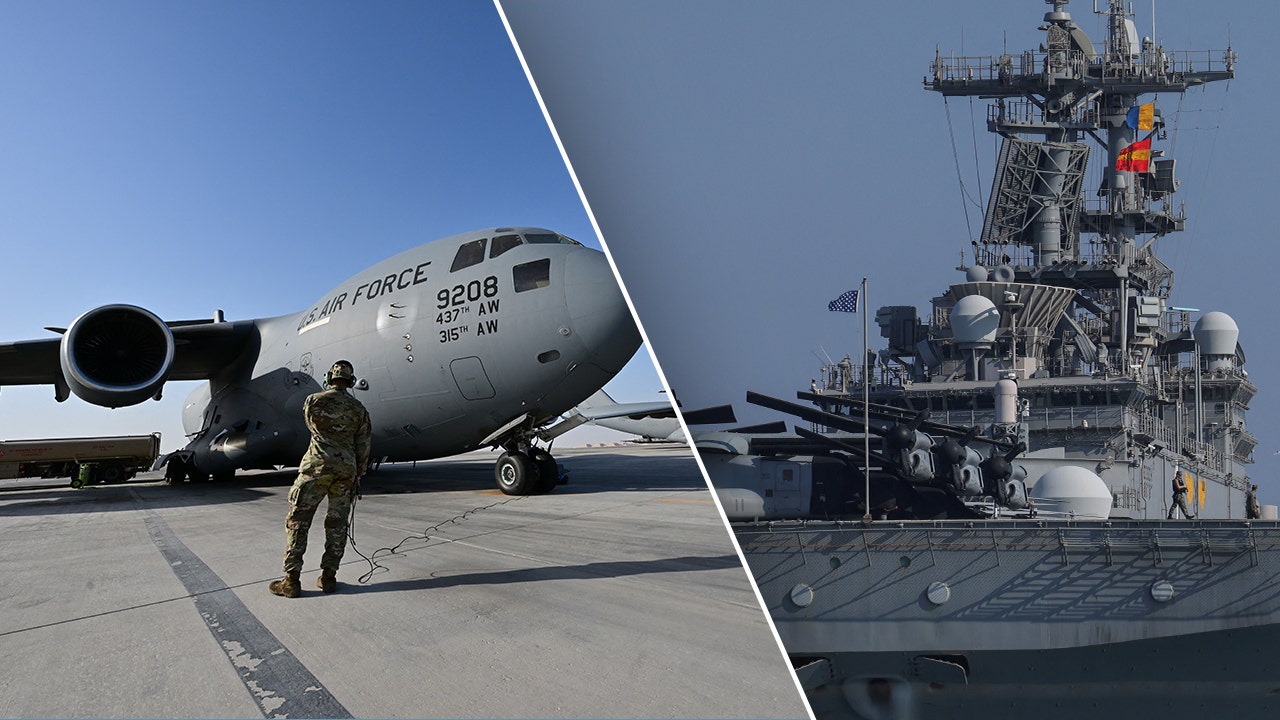Pentagon losing cutting edge on weapons innovation, defense leaders say

America’s defenses are facing a critical challenge in keeping up with its peer adversaries if the Pentagon does not innovate its weapons systems in a timely manner, experts warned at a recent security summit. The National Security Innovation Base Summit gave the Pentagon’s modernization efforts a disappointing grade of “D”, a rating that was echoed by national security leaders in Congress.
According to Govini CEO Tara Dougherty, the lack of progress in the public sector is alarming, especially when compared to the rapid advancements seen in the private sector. She emphasized the need for a significant push to ensure that the Department of Defense catches up with the progress being made in the technology and investor communities.
House Armed Services Committee Vice Chair Rob Wittman likened the Pentagon to the slow and methodical Ford Motor Company of the 1950s, highlighting the lengthy processes involved in acquiring new weapons systems. He emphasized the need for a shift towards a more agile and innovative approach, similar to the model seen in companies like Apple.
One area where the need for innovation is particularly evident is in the Navy’s shipbuilding capabilities. With only 295 deployable ships currently in its fleet, the Navy’s shipbuilding plan aims to increase this number to 390 by 2054. The dwindling numbers of ships available for deployment, including those maintained under the Maritime Security Program, pose a significant challenge in meeting defense needs, especially in regions like the Pacific.
President Donald Trump has expressed concern over the state of the nation’s shipbuilding capabilities, emphasizing the need for a rapid increase in production. He announced the establishment of a White House Office of Shipbuilding to address this issue and ensure that the U.S. can meet its defense requirements in a timely manner.
Defense experts and members of Congress agree that the Pentagon needs to accelerate its innovation cycle to keep pace with evolving threats. The slow progress on projects like the F-35 fighter jet, which began development 25 years ago and is still undergoing upgrades, underscores the need for a more agile approach to defense modernization.
In addition to advancing weapons systems, there is a growing emphasis on cybersecurity as a critical aspect of national defense. Rep. Chrissy Houlahan expressed concern over China’s superior cybersecurity capabilities and stressed the importance of being prepared to defend against cyberattacks. Rep. Don Bacon suggested that the U.S. may need to consider offensive cyber missions to counter threats from countries like China and Russia.
Overall, there is bipartisan support in Congress for giving the Pentagon the “kick in the pants” it needs to innovate and modernize its defense capabilities. With the establishment of a new review of contracting procedures and a growing focus on cybersecurity and offensive cyber capabilities, there is hope for a more agile and effective defense posture in the future.




